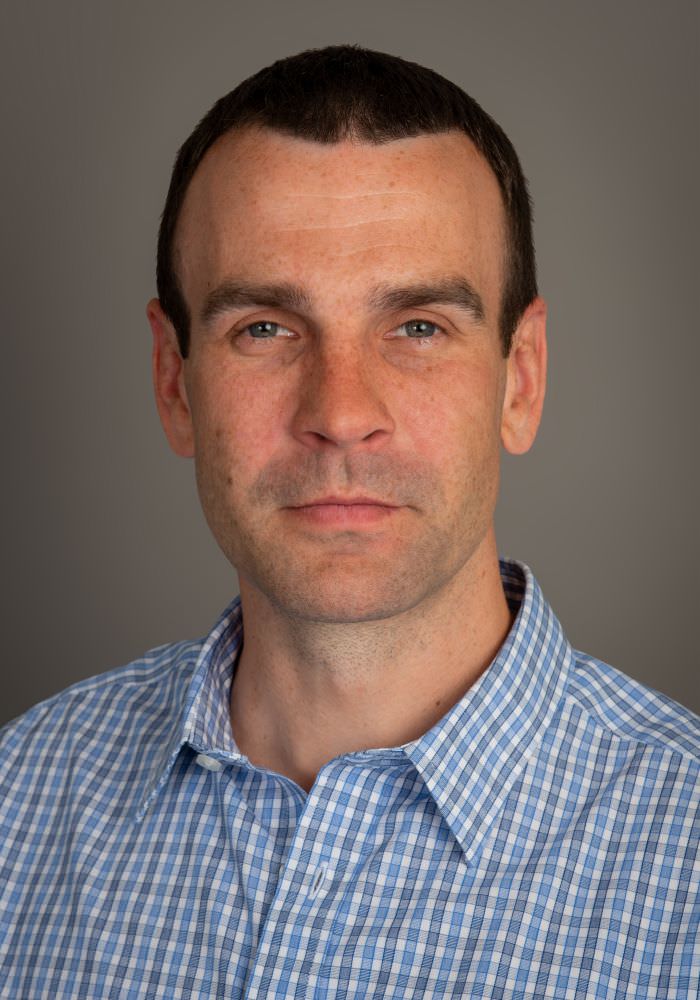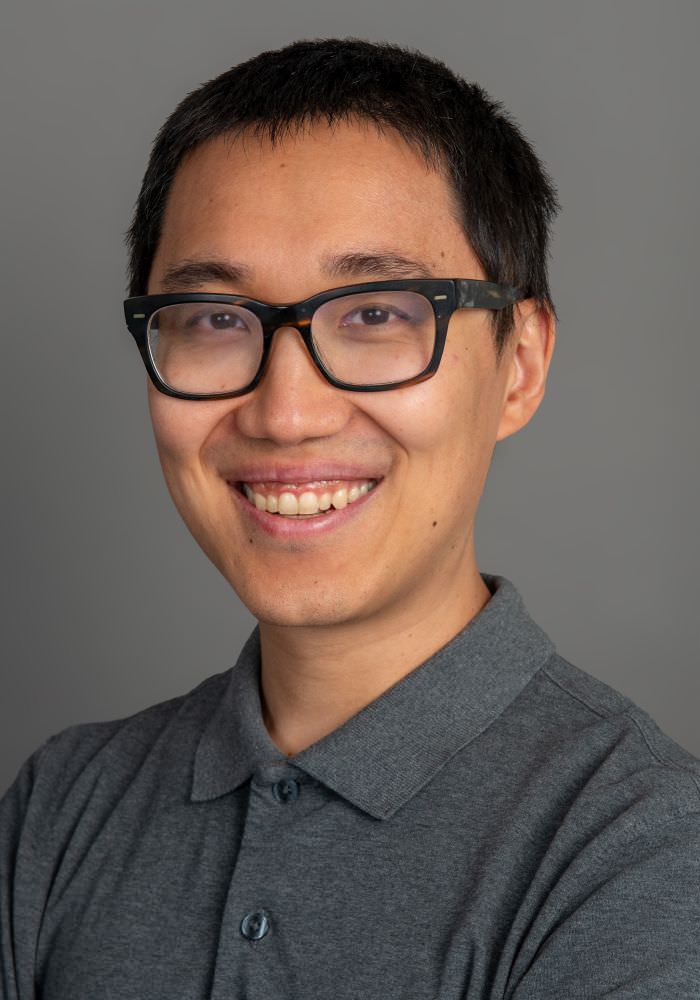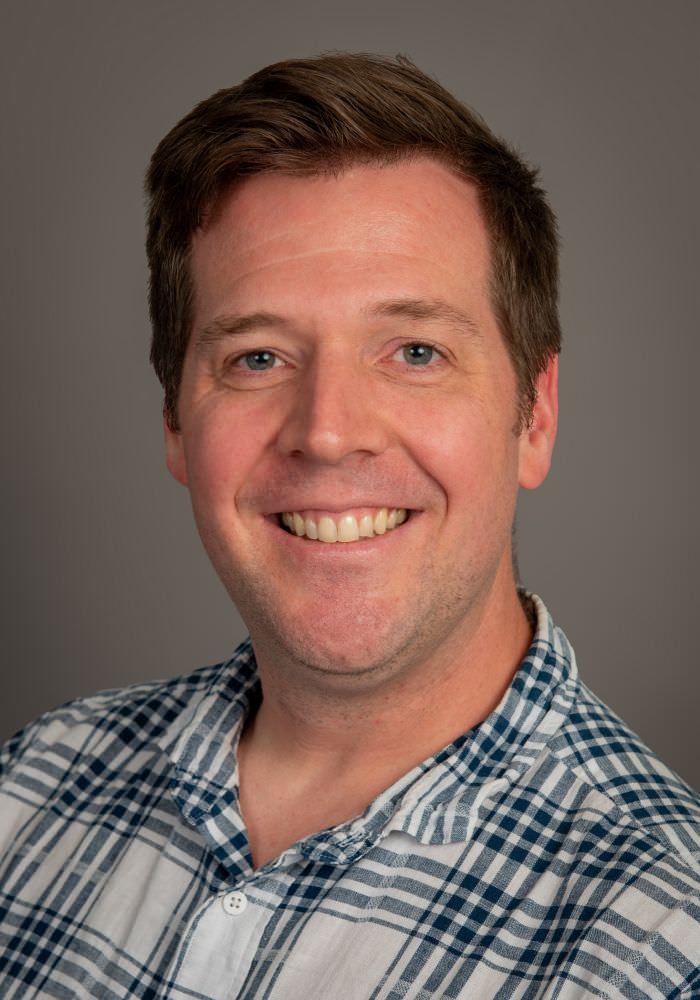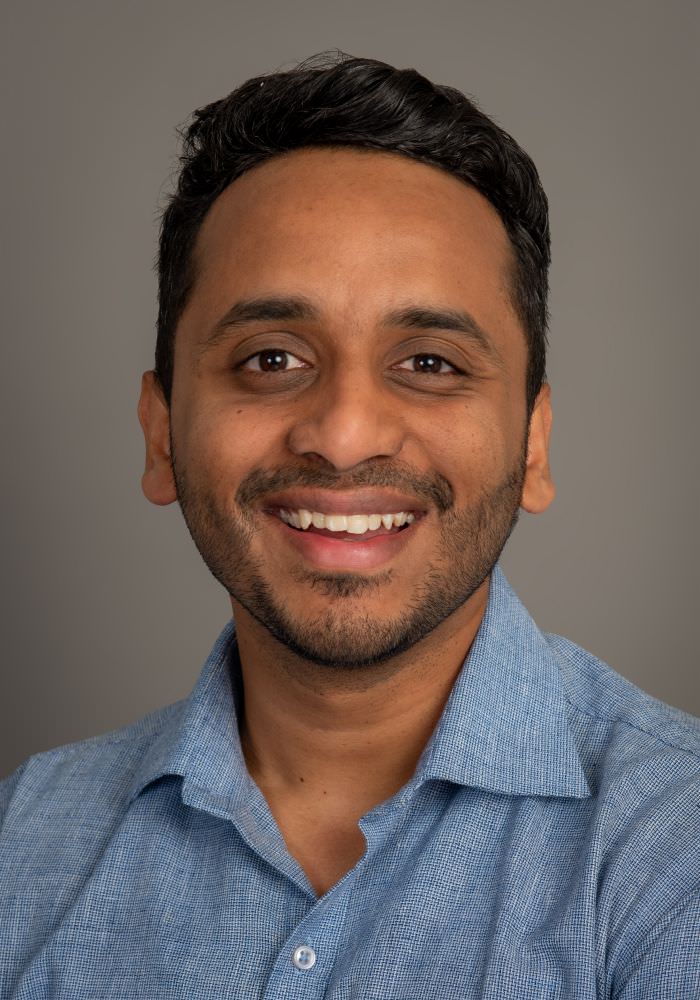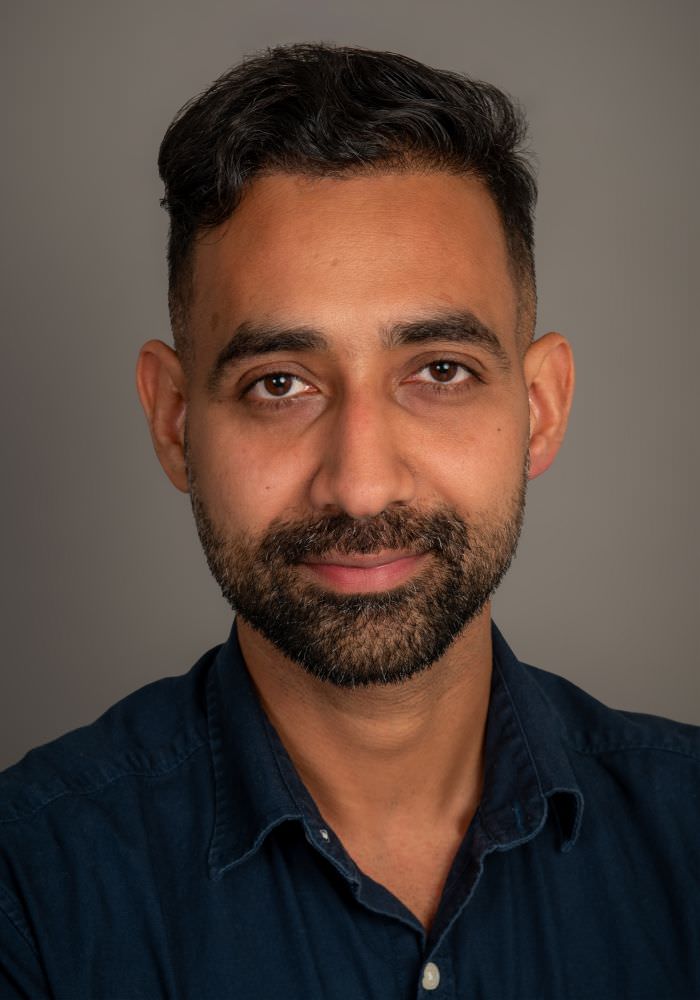Machine learning research with positive real-world impact.
We develop and deploy industry-leading machine learning systems. Our initiatives have the power to uplift large populations, while advancing the field of artificial intelligence.



How Generative AI Is Transforming the Front Office at TD Securities

Discover how Generative AI at TD Securities empowers the Front Office. Explore the TDS AI Virtual Assistant, which uses RAG and Text-to-SQL for instant insights.

Research, /
Trustworthy AI Must Account for Interactions

Engineering, /
Static Thread Mapping for High Concurrency XGBoost Inference Servers

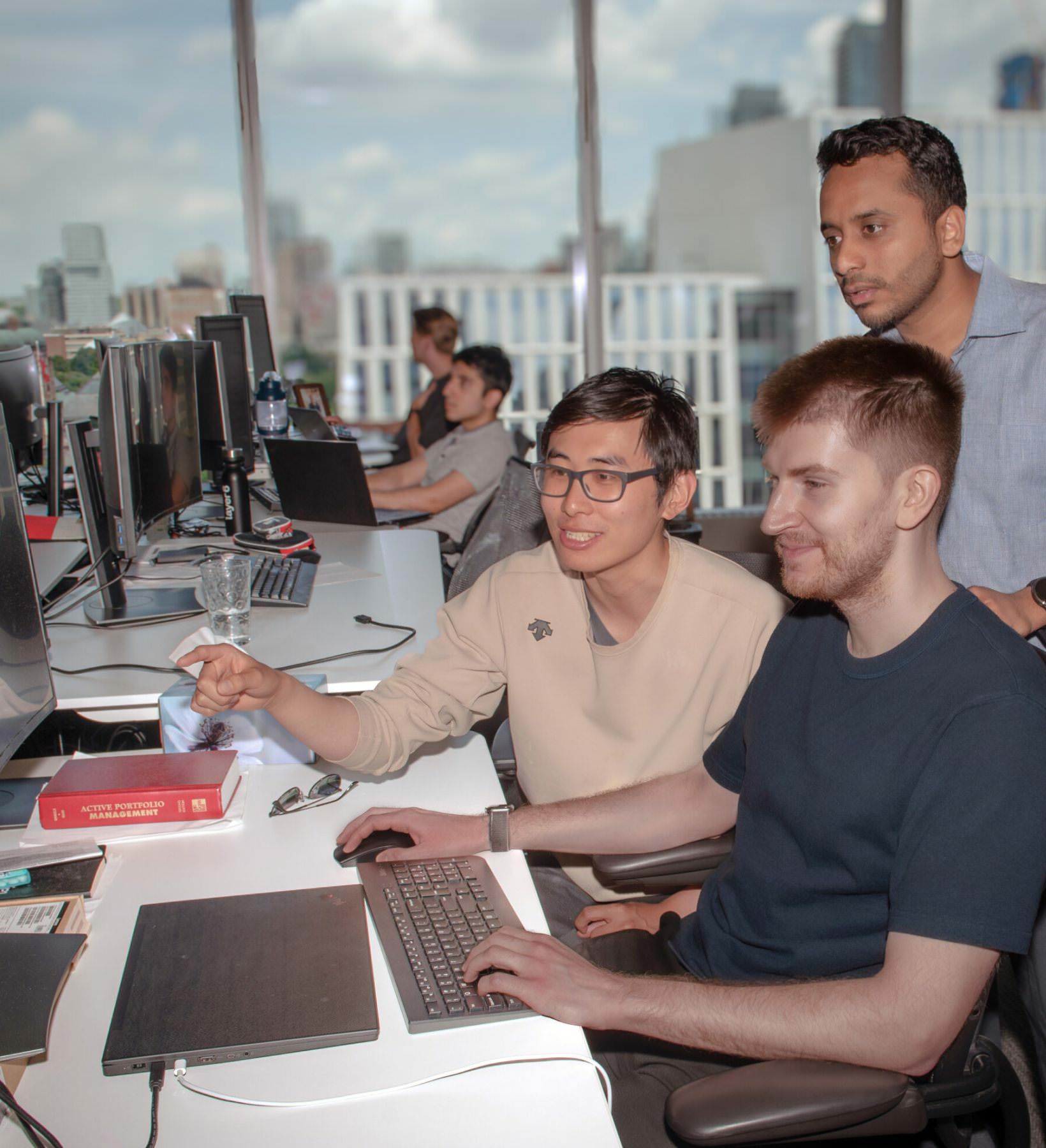
Ambitious applied research, positive outcomes
Layer 6 unites research, engineering, and product teams to quickly translate theory into impactful real-world applications.
Research Highlights
Our research is supported by access to massive datasets, close collaboration with world renowned academic faculty, and is deployed in impactful applications.
Our research areas include:
- deep learning and generative AI
- model explainability and trustworthy AI
- time series modelling
- natural language processing
Neural Information Processing Systems
NeurIPS 2025 Spotlight | CausalPFN: Amortized Causal Effect Estimation via In-Context Learning
Abstract
Causal effect estimation from observational data is fundamental across various applications. However, selecting an appropriate estimator from dozens of specialized methods demands substantial manual effort and domain expertise. We present CausalPFN, a single transformer that amortizes this workflow: trained once on a large library of simulated data-generating processes that satisfy ignorability, it infers causal effects for new observational datasets out-of-the-box. CausalPFN combines ideas from Bayesian causal inference with the large-scale training protocol of prior-fitted networks (PFNs), learning to map raw observations directly to causal-effects without any task-specific adjustment. Our approach achieves superior average performance on heterogeneous and average treatment effect estimation benchmarks (IHDP, Lalonde, ACIC). Moreover, it shows competitive performance for real-world policy making on uplift modeling tasks. CausalPFN provides calibrated uncertainty estimates to support reliable decision-making based on Bayesian principles. This ready-to-use model does not require any further training or fine-tuning and takes a step toward automated causal inference.

Neural Information Processing Systems
NeurIPS 2025 | TabDPT: An Open Tabular Foundation Model
Abstract
Tabular data is one of the most ubiquitous sources of information worldwide, spanning a wide variety of domains. This inherent heterogeneity has slowed the development of Tabular Foundation Models (TFMs) capable of fast generalization to unseen datasets. In-Context Learning (ICL) has recently emerged as a promising solution for TFMs, enabling dynamic adaptation to new tasks without additional tuning. While many studies have attempted to re-purpose large language models for tabular ICL, they have had limited success, so recent works have focused on developing tabular-specific foundation models. In this work, we propose an approach to combine ICL-based retrieval with self supervised learning to train tabular foundation models. We also investigate the utility of real vs. synthetic data for model pre-training, and show that real data can contain useful signal not easily captured in synthetic training. Specifically, we show that incorporating real data during the pre-training phase can lead to significantly faster training and better downstream generalization to unseen data. Our resulting model, TabDPT, achieves top performance on both regression (CTR23) and classification (CC18) benchmarks. Importantly, we also demonstrate that with our pre-training procedure, scaling both model and data size leads to consistent performance improvements that follow power laws. This echoes scaling laws in LLMs and other foundation models, and suggests that Internet-scale TFMs can be achievable. We open-source our full pipeline.

Neural Information Processing Systems
NeurIPS 2025 | Document Summarization with Conformal Importance Guarantees
Abstract
Automatic summarization systems have advanced rapidly with large language models (LLMs), yet they still lack reliable guarantees on inclusion of critical content in high-stakes domains like healthcare, law, and finance. In this work, we introduce Conformal Importance Summarization, the first framework for importance-preserving summary generation which uses conformal prediction to provide rigorous, distribution-free coverage guarantees. By calibrating thresholds on sentence-level importance scores, we enable extractive document summarization with user-specified coverage and recall rates over critical content. Our method is model-agnostic, requires only a small calibration set, and seamlessly integrates with existing black-box LLMs. Experiments on established summarization benchmarks demonstrate that Conformal Importance Summarization achieves the theoretically assured information coverage rate. Our work suggests that Conformal Importance Summarization can be combined with existing techniques to achieve reliable, controllable automatic summarization, paving the way for safer deployment of AI summarization tools in critical applications.

Transactions on Machine Learning Research
TMLR 2025 | On Convolutions, Intrinsic Dimension, and Diffusion Models
Abstract
The manifold hypothesis asserts that data of interest in high-dimensional ambient spaces, such as image data, lies on unknown low-dimensional submanifolds. Diffusion models (DMs) — which operate by convolving data with progressively larger amounts of Gaussian noise and then learning to revert this process — have risen to prominence as the most performant generative models, and are known to be able to learn distributions with low-dimensional support. For a given datum in one of these submanifolds, we should thus intuitively expect DMs to have implicitly learned its corresponding local intrinsic dimension (LID), i.e. the dimension of the submanifold it belongs to. Kamkari et al. (2024b) recently showed that this is indeed the case by linking this LID to the rate of change of the log marginal densities of the DM with respect to the amount of added noise, resulting in an LID estimator known as FLIPD. LID estimators such as FLIPD have a plethora of uses, among others they quantify the complexity of a given datum, and can be used to detect outliers, adversarial examples and AI-generated text. FLIPD achieves state-of-the-art performance at LID estimation, yet its theoretical underpinnings are incomplete since Kamkari et al. (2024b) only proved its correctness under the highly unrealistic assumption of affine submanifolds. In this work we bridge this gap by formally proving the correctness of FLIPD under realistic assumptions. Additionally, we show that an analogous result holds when Gaussian convolutions are replaced with uniform ones, and discuss the relevance of this result.
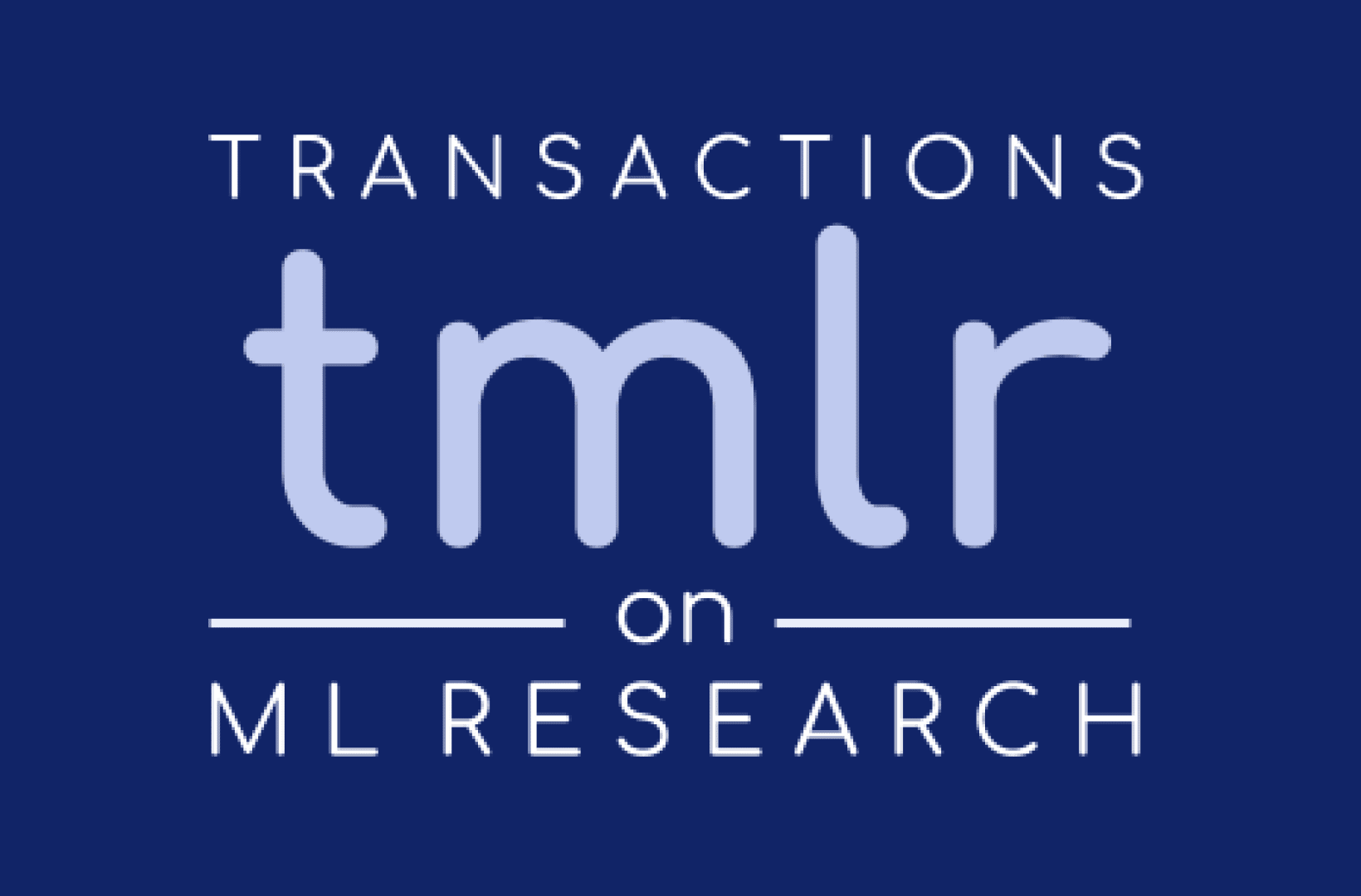
SIGIR Conference on Research and Development in Information Retrieval
SIGIR 2025 | Response Quality Assessment for Retrieval-Augmented Generation via Conditional Conformal Factuality
Abstract
Existing research on Retrieval-Augmented Generation (RAG) primarily focuses on improving overall question-answering accuracy, often overlooking the quality of sub-claims within generated responses. Recent methods that attempt to improve RAG trustworthiness, such as auto-evaluation metrics, often lack probabilistic guarantees or requires ground truth answers, failing to provide reliable and scalable assessment. To address these limitations, we propose Conformal-RAG, a novel framework inspired by recent applications of conformal prediction in large language models (LLMs). Conformal-RAG leverages conformal prediction and internal information from the RAG mechanism to offer statistical guarantees on response quality. It ensures conditional coverage (potentially spanning multiple sub-domains) without requiring manual calibration of conformal sets, making it suitable for complex RAG applications. Compared to existing RAG auto-evaluation methods, Conformal-RAG offers statistical guarantees on the quality of refined sub-claims, ensuring response reliability without needing ground truth answers. Additionally, our experiments demonstrate that by leveraging RAG internal information, Conformal-RAG retains more high-quality sub-claims from the response while maintaining the same reliability guarantee as naïve adaptations of conformal prediction in LLMs. Specifically, Conformal-RAG retains 60% more high-quality sub-claims in biography generation tasks and 20% more in medication question-answering tasks.
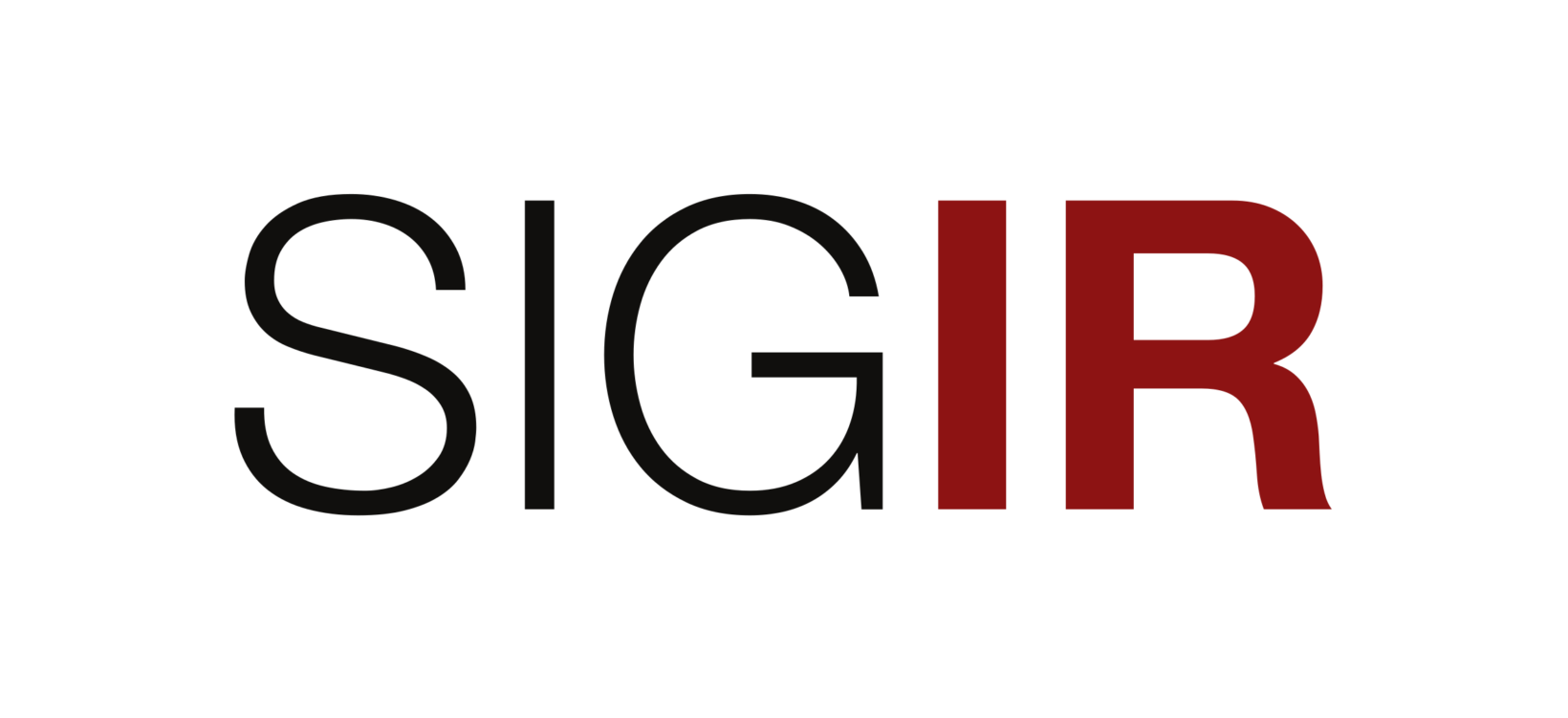
Our research areas include:
- deep learning and generative AI
- model explainability and trustworthy AI
- time series modelling
- natural language processing

Big vision, deep roots
-
The founders of Layer 6 are also the founders of the Vector Institute for Artificial Intelligence, and we maintain active research collaborations with Vector faculty. 
-
Signal 1 spun out of the research collaboration between Layer 6 and St. Michael’s Hospital, and provides cutting-edge AI platforms for real time monitoring of patient outcomes. 
-
Radical Ventures was launched by the founders of Layer 6 to incubate and support leading AI startups in Canada and abroad. With over a billion dollars raised, Radical has become one of the premier AI focused venture funds in the world. 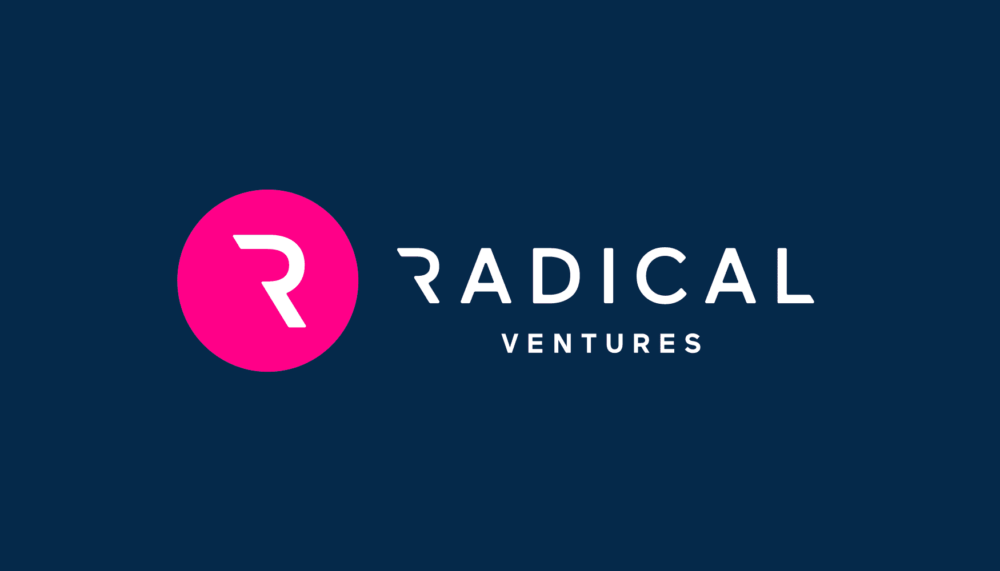
Impactful partnerships
Originally founded in 2011, Layer 6 now forms the AI centre of excellence of TD Bank Group. Layer 6 impacts the lives of over 27 million customers, helping more people achieve their financial goals and needs through AI systems founded on the responsible use of AI.
Layer 6 embraces opportunities to contribute to the Canadian AI ecosystem. The founders of Layer 6 played pivotal roles in launching the Vector Institute, Radical Ventures, and Signal 1. Together these entities are integral in driving the Canadian AI innovation, from research to product incubation to scale-up. We continue to collaborate with leading academic institutions globally.
Passion to learn, driven to succeed
Our team comes from globally diverse backgrounds and we care deeply about fostering an inclusive culture. We learn from each other and win together. We are united by our passion for deep learning and a desire to apply our skills to have an outsized and positive impact on the future.
Meet some of our team
Develop your career at Layer 6
We’re growing our team with people driven to be at the cutting edge of machine learning in research, engineering, and impactful applications.

